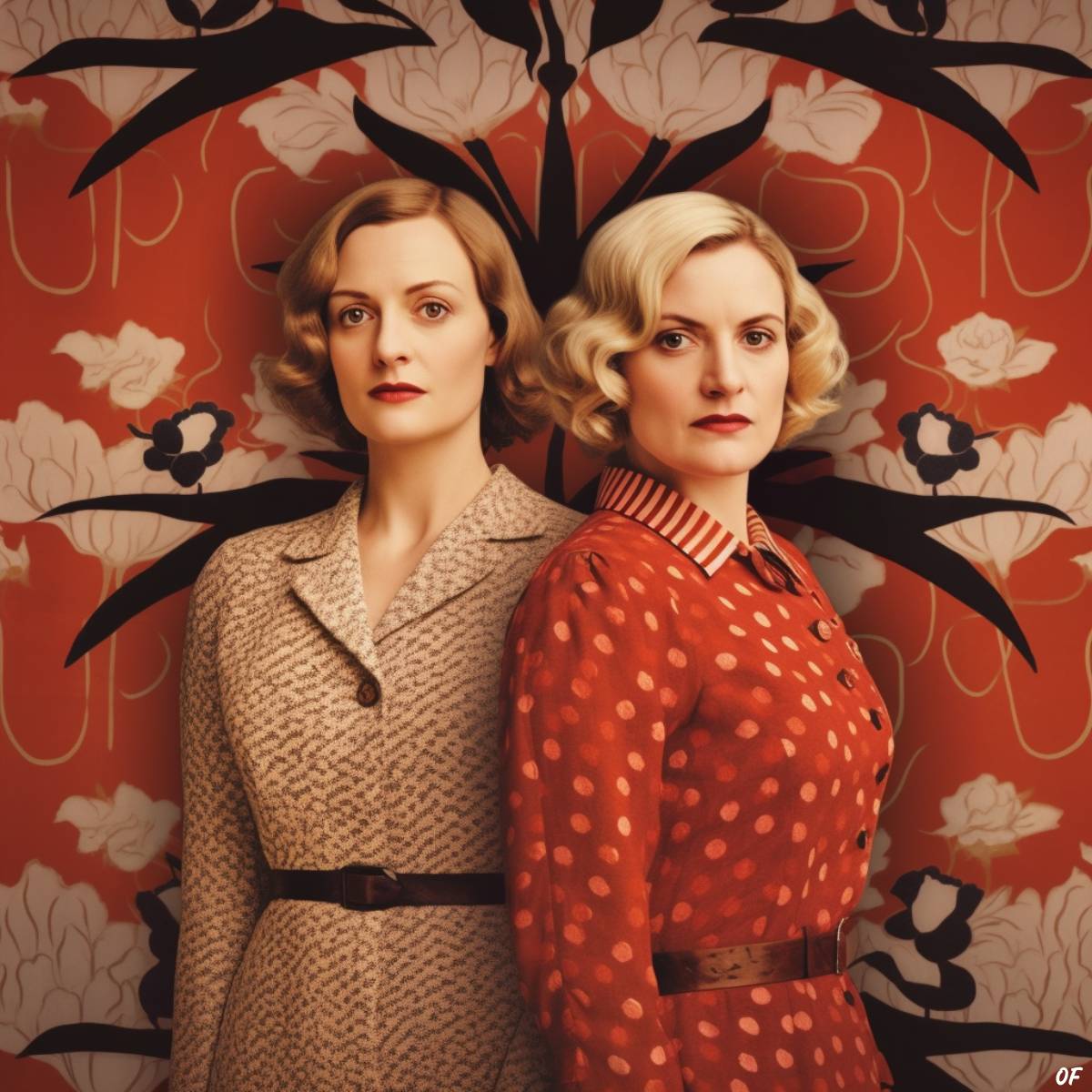In the pastoral beauty of England’s Northumberland County, the story of the Mitford sisters began at the dawn of the 20th century. Born into a life of privilege, these six women were daughters of David Freeman-Mitford, 2nd Baron Redesdale, and his wife, Sydney Bowles, an American-born British socialite. Their lives were a fascinating prism through which to view some of the most seismic events of the 20th century.

Their father, a pillar of the British aristocracy, carried the title of Baron Redesdale, a reflection of his lineage’s deep roots in the fertile soil of British nobility. David Freeman-Mitford was a figure of influence, his opinions, and actions carrying weight within his social circles. The Mitford girls, Nancy, Pamela, Diana, Unity, Jessica, and Deborah, were raised in a world of fox hunts, grand estates, and a distinguished social milieu. This environment would inevitably shape their perspectives, worldviews, and the divergent paths each sister would eventually tread.
Their mother, Sydney Bowles, came from a wealthy American family and brought with her a rich cultural heritage that further diversified the Mitford household. Sydney’s influence on her daughters was profound; she was known for her strong-willed character and high expectations, traits that would be mirrored in her daughters’ lives. In their mother, they had an example of female power and, in a sense, freedom.
The sisters’ upbringing was as unconventional as it was privileged. Their parents shunned formal education for their daughters, believing that exposure to the real world was far more instructive than the confines of a classroom. The girls were tutored at home and benefited from the constant influx of influential figures visiting their family estate.
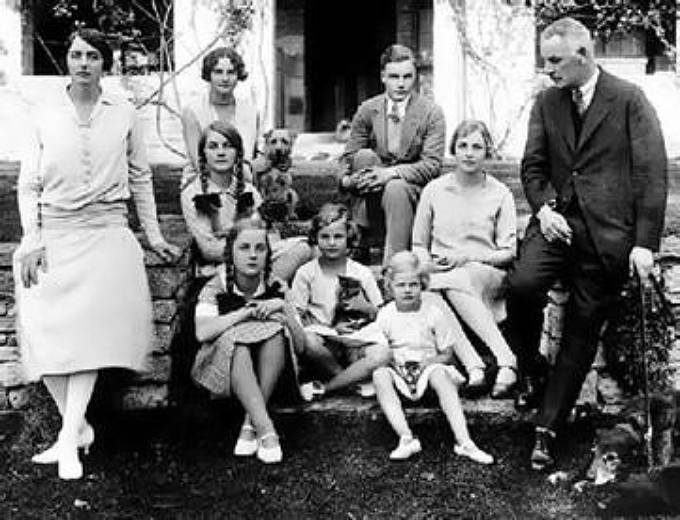
At the heart of their childhood was the idyllic home of Swinbrook House, set within the picturesque Cotswolds. Their early years were marked by a sense of freedom and exploration. They were encouraged to engage with the world around them, to form their own opinions, and to stand up for their beliefs. These formative experiences, amid their aristocratic surroundings, nurtured a fiercely independent spirit within each sister, which would later manifest in their varied and controversial lives.
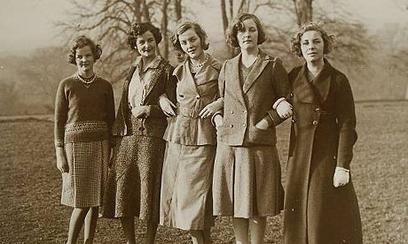
However, the six Mitford sisters were not simply British socialites of the early 20th century but emblems of radical aristocracy. The girls were bred in privilege, but their lives would be far from ordinary. Their childhood within the upper echelons of British society was the starting point for their individual journeys, eventually leading them to become figures of fascination, controversy, and historical significance.
From Fascism to Communism: the divergent political paths of the Mitford Sisters
The six Mitford sisters were as diverse in their political affiliations as they were in their personalities. Their political ideologies, which ranged from far-left communism to far-right fascism, reflected not only their individual characters but also a stark mirror of the tumultuous times in which they lived.
Diana and Unity, the third and fourth sisters, were renowned for their extremist right-wing ideologies, which led them to form relationships with some of the most infamous figures of the time. Diana Mitford’s attraction to fascism began with her marriage to Sir Oswald Mosley, the leader of the British Union of Fascists. Diana was dazzled by Mosley’s charismatic leadership” and became an ardent supporter of his cause.
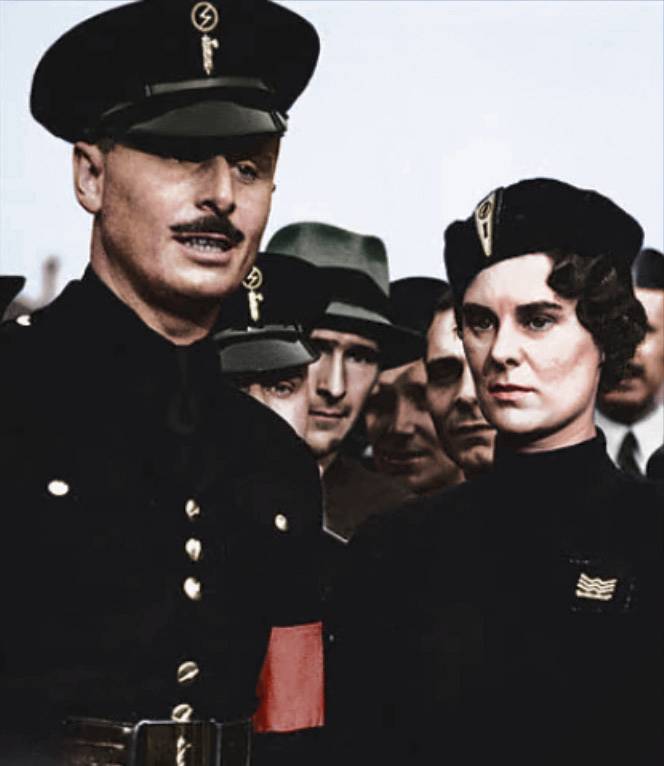
Unity, on the other hand, was captivated by Adolf Hitler and the Nazi party. She moved to Germany in 1934 and quickly rose within the ranks of Hitler’s inner circle. In Julia Boyd’s book Travellers in the Third Reich, she retells the eyewitness account of Conservative MP Thelma Cazalet. Unlike most of the other British “honored guests” attending the 1938 Reichsparteitag, Cazalet was strongly anti-Nazi and had accepted Ribbentrop’s invitation only because she thought it important “to be aware of what was going on.” As she entered the Grand Hotel dining room on the first night, she immediately caught sight of Unity Mitford seated at the long “British” table with her parents, Lord and Lady Redesdale. Cazalet wrote in her diary, “Unity is alarmingly pretty, but I have never seen anyone so pretty with absolutely no charm in her face and a rather stupid expression.” Unity’s friendship with Hitler was so profound that it’s said she even contemplated suicide when Britain declared war on Germany.
While Diana and Unity leaned towards fascism, Jessica, the second youngest sister, was drawn to the opposite end of the political spectrum. Jessica’s politics were radically left-wing, and she was an outspoken communist. She left her privileged background behind, ran away to Spain during the Civil War, and later moved to America, where she continued her civil rights and social equality activism. Jessica’s memoir, Hons and Rebels, recounts her political journey and rebellion against her aristocratic upbringing.
However, Nancy, Pamela, and Deborah were less politically motivated than their sisters. Nancy, the eldest, leaned towards liberalism and was known for her sharp wit and satirical writing. She used her novels to critique the upper classes’ idiosyncrasies, often drawing on her own experiences. The second sister Pamela preferred a quiet country life, largely removed from the political fray. Deborah, the youngest, became the Duchess of Devonshire, and, while she mingled with political figures, she did not possess the extreme political passions of some of her sisters.
The sisters’ political affiliations caused rifts within the family and ignited public scandal. Their ideologies led them down divergent paths, taking them to the epicenters of political power and into the heart of war-torn Europe. Through their political journeys, the Mitford sisters embodied the ideological extremes of their era, creating a familial tableau that still captivates historians and the public alike.
Scandalous affairs and illustrious unions: the Mitford Sisters in love and war
The personal relationships of the Mitford sisters were as varied and controversial as their political affiliations. These relationships, often with influential figures of their time, further propelled them into the limelight and added layers of intrigue to their already fascinating narrative.
Diana Mitford, who had married Bryan Guinness of the Guinness Brewery family at a young age, later embarked on a scandalous affair with Sir Oswald Mosley, a married man, and father. As documented by The Guardian, Diana divorced Guinness and married Mosley in a secret ceremony in Germany in 1936, with none other than Adolf Hitler in attendance.
Unity Mitford’s infatuation with Hitler is well-documented. She became a frequent guest at Hitler’s gatherings and was considered his confidante at one point. Her close association with Hitler resulted in her being ostracized by her family and British society, especially as the inevitability of war loomed.
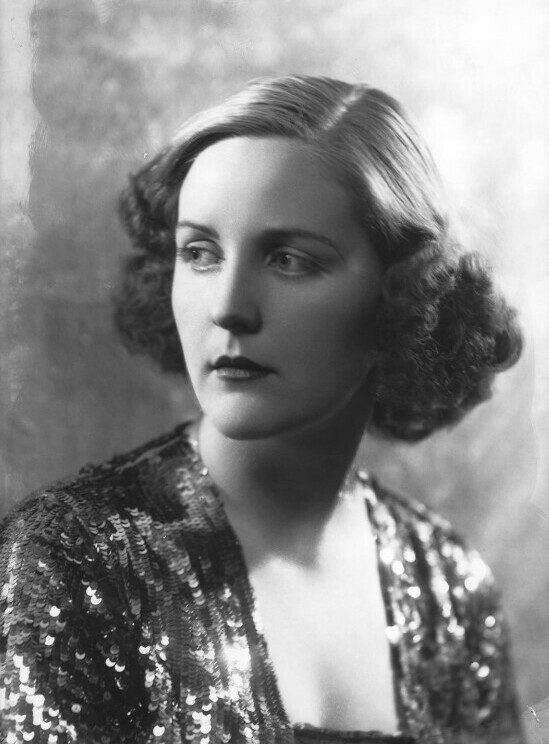
Jessica Mitford’s personal life was equally unconventional. Rejecting her privileged upbringing, she eloped with her second cousin, Esmond Romilly, to fight in the Spanish Civil War. After Romilly’s untimely death during the Second World War, she moved to the United States and married civil rights lawyer Robert Treuhaft. Their shared commitment to social justice resulted in a partnership that lasted until Treuhaft’s death in 2001.
Nancy Mitford’s love life was marked by a longstanding relationship with Gaston Palewski, a Free French commander who inspired the character of Fabrice in her novel The Pursuit of Love. Despite the unrequited nature of her affection, Nancy maintained a strong bond with Palewski until her death.
Often described as the quietest of the sisters, Pamela Mitford led a comparatively private life. She married physicist Derek Jackson, but their union ended in divorce. Later, she lived with Giuditta Tommasi, an Italian horsewoman, in a relationship widely believed to be romantic.
The youngest sister, Deborah, married Andrew Cavendish, who later became the Duke of Devonshire. Their marriage, one of the most successful among the sisters, saw them overseeing the transformation of Chatsworth House into a profitable and popular tourist attraction.
The Mitford sisters’ personal relationships, marked by scandal, intrigue, and resilience, mirrored their individual personalities and further amplified their enduring allure. Whether in love or war, their personal lives became an integral part of the Mitford mythology.
Ink and influence: the literary legacies of the Mitford Sisters
Several of the Mitford Sisters were notorious social figures and accomplished writers, leaving a substantial literary legacy that continues to captivate readers today. Their works offer a window into their lives, views, and era, colored by their unique voices and perspectives.
Nancy Mitford was the first of the sisters to achieve literary success. As an acclaimed novelist and biographer, she is best known for her sharply satirical novels, including The Pursuit of Love and Love in a Cold Climate. These semi-autobiographical books painted a vivid and often humorous picture of the British upper class. Nancy’s writing, full of wit and irony, cemented her reputation as one of the leading writers of her time.
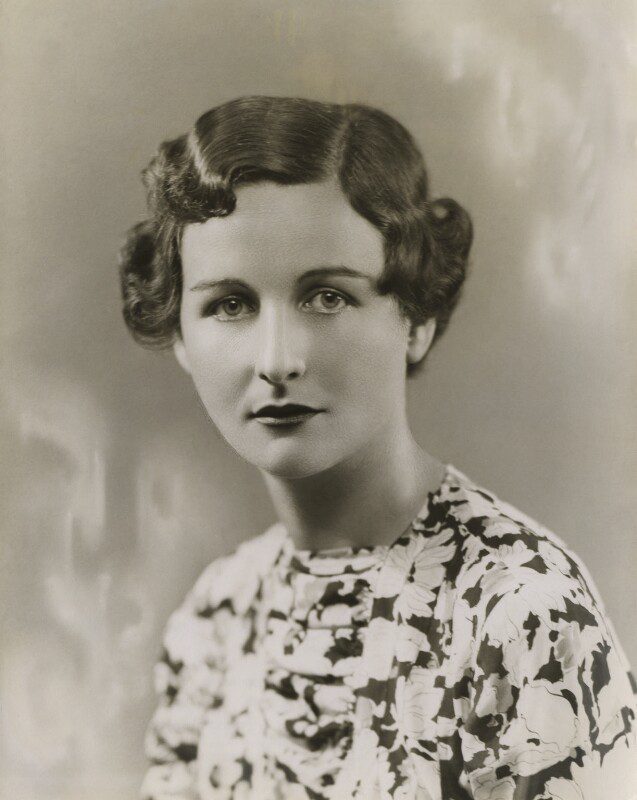
While sharing her sister Nancy’s gift for satire, Jessica Mitford used her writing to expose societal injustices. Her investigative journalism and non-fiction works, most notably The American Way of Death, a critique of the U.S. funeral industry, were marked by a biting wit and a commitment to revealing uncomfortable truths. Her writing had a significant impact, leading to changes in industry practices and legislation.
Diana Mitford, despite her controversial life, also found time to write. Her memoir, A Life of Contrasts” gave readers a glimpse into her fascinating life journey. She also wrote a biography of her friend, the Duchess of Windsor.
Deborah Mitford, the youngest sister, authored several books on the management and history of Chatsworth House. Her works, including The House: A Portrait of Chatsworth, combined her love for her home with an accessible, engaging writing style.
Unity and Pamela, although they did not have official writing careers, contributed to the family’s literary output through their extensive correspondence, which offers valuable insights into the lives and times of the Mitford family.
The enduring fascination with the Mitford sisters is partly down to their vivid, lively correspondence and writing. Indeed, the sisters’ literary contributions have immortalized their family’s story and added a unique layer to the annals of 20th-century literature. Each sister, in her own way, used the power of the written word to illuminate, critique, and satirize the world they inhabited.
The enduring legacy of the Mitford Sisters: controversy, influence, and cultural impact
The Mitford Sisters continue to be a subject of fascination and intrigue, their lives and choices sparking discussions and debates even decades after their time. Their legacy extends far beyond their individual accomplishments, reaching into the realms of culture, politics, and social consciousness.
One of the most striking aspects of the Mitford Sisters’ legacy is the dichotomy they embody. On one hand, their association with fascist movements and controversial political views has drawn criticism and condemnation. The links between certain sisters and the Nazi party have been examined and dissected, revealing the complexities and contradictions within the British aristocracy of the time. This aspect of their story serves as a reminder of the ideological tensions and moral ambiguities that permeated society during that tumultuous period.
On the other hand, the Mitford Sisters’ impact on literature, fashion, and popular culture cannot be overlooked. Their literary contributions, as discussed earlier, have left an indelible mark on the literary landscape of the 20th century. Their witty and insightful works continue to be celebrated and studied, offering valuable insights into their time’s social dynamics and mores.
Furthermore, the Mitford Sisters’ influence on fashion and style endures. Their distinctive and glamorous appearance and aristocratic poise became an emblem of sophistication and elegance. Their personal relationships with influential figures in politics and the arts further elevated their status as trendsetters and cultural icons.
In recent years, the Mitford Sisters have experienced a resurgence of interest and attention. Their lives and stories have been the subject of biographies, documentaries, and even fictional adaptations, capturing the imagination of new generations. This enduring fascination can be attributed to the complex and enigmatic nature of the sisters themselves, as well as the allure of a bygone era.
As Laura Thompson, author of The Six: The Lives of the Mitford Sisters, reflects, “The Mitfords remain fascinating because they are like creatures from another world.” Their lives and choices, with all their contradictions and controversies, continue to captivate and compel us to delve deeper into the intricacies of their experiences.
In conclusion, the Mitford Sisters leave behind a complex and layered legacy. Their early life and family background, political affiliations, personal relationships, writing careers, and the lasting impact they have had on popular culture all contribute to their enduring mystique. They serve as a reminder of the complexities of human nature and the power of individual choices to shape personal destinies and the broader historical narrative. The Mitford Sisters, with all their flaws and virtues, remain an indelible part of history, leaving us with a wealth of material to explore, analyze, and ponder for years to come.
As we reflect on their lives and times, we are compelled to confront the moral ambiguities and societal contradictions they represent, and in doing so, we gain a deeper understanding of the world in which they lived and the enduring power of their story.
The Mitford Sisters may forever remain an enigma, but their impact on literature, culture, and the collective imagination is undeniable. Their lives continue to inspire, provoke, and challenge us, serving as a testament to the complexities of human existence and the enduring allure of a bygone era.

